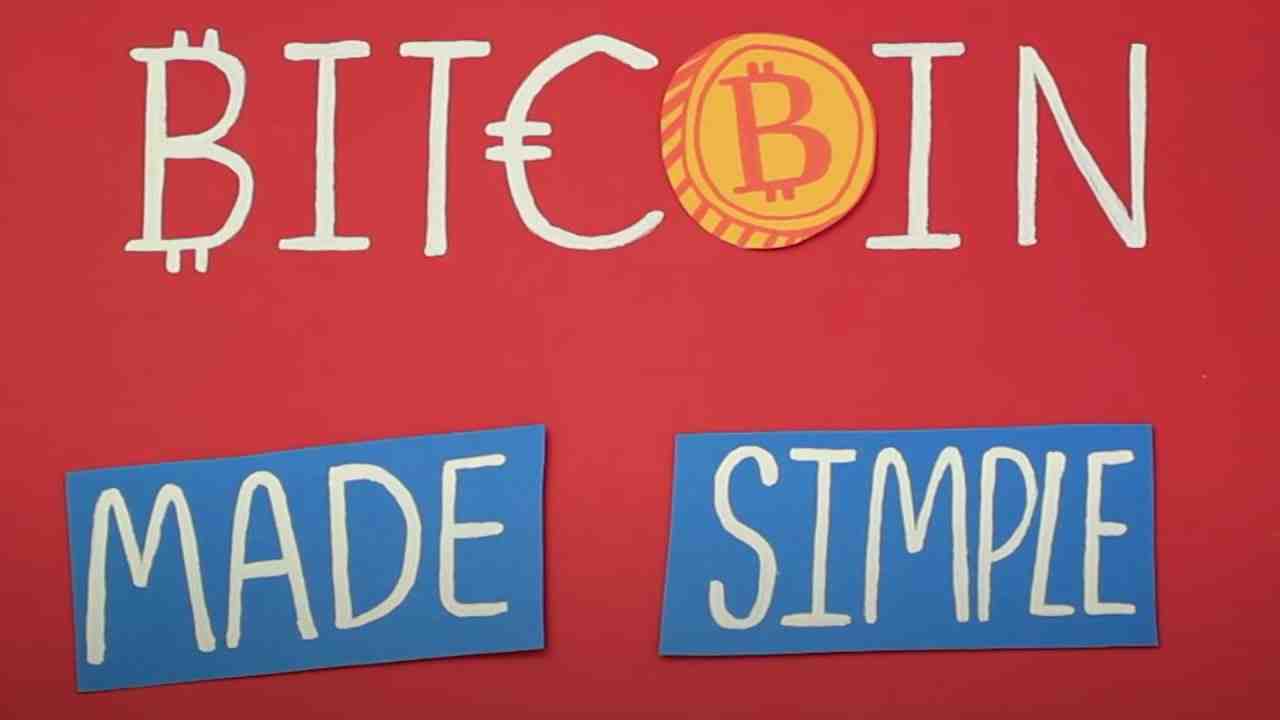
Transactions Unveiled: Locktime Mechanics of
Bitcoin
Bitcoin, the pioneering cryptocurrency, has revolutionized the world of finance and digital assets. Its decentralized and transparent nature relies on a complex system of transactions. One fundamental aspect of Bitcoin transactions that often goes unnoticed is the concept of locktime. Understanding locktime mechanics of Bitcoin is crucial for both users and developers, as it plays a significant role in enhancing security and enabling various advanced features within the Bitcoin network. So, if you are starting to invest in digital assets, you may consider knowing about the Bitcoin Scripting Language.
The Basics of Bitcoin Transactions
To grasp the intricacies of locktime, it’s essential to start with the basics of Bitcoin transactions. At its core, a Bitcoin transaction is a transfer of value from one user to another. These transactions are composed of inputs and outputs. Inputs are references to previous transactions’ outputs, which serve as the source of funds. Outputs, on the other hand, determine where the funds will be sent.
Each transaction is secured with digital signatures, ensuring that only the rightful owner of the funds can initiate a transaction. Additionally, transaction fees are included to incentivize miners to include the transaction in the blockchain.
Locktime: An Essential Component
Locktime is a crucial component of Bitcoin transactions. It allows users to specify a future time or block height before which a transaction cannot be included in the blockchain. This feature introduces a layer of control and flexibility for users. For instance, it enables time-locked transactions and the creation of certain smart contracts.
The primary purpose of locktime is to enhance transaction security. Without it, malicious actors could create transactions with future spending intentions, potentially compromising the integrity of the network.
Relative Locktime vs. Absolute Locktime
Bitcoin offers two types of locktime: relative locktime and absolute locktime.
Relative locktime specifies a relative time delay, typically measured in blocks. For example, a transaction can be configured to be valid only after a certain number of blocks have been mined since its inclusion in the blockchain. This type of locktime is often used for simple time-locked transactions.
Absolute locktime, on the other hand, specifies an exact future timestamp or block height at which the transaction becomes valid. This allows for more precise control over when a transaction can be executed. For example, it can be used in conjunction with escrow services to ensure that funds are only released when specific conditions are met on a particular date.
Also Read: Measuring the Importance of Forex Liquidity
Scripting and Smart Contracts
Bitcoin’s scripting language plays a crucial role in implementing locktime. Scripting allows users to create custom conditions and constraints within a transaction. Locktime is just one of the many features that can be implemented using Bitcoin script.
Smart contracts, a term often associated with Ethereum, can also be created on the Bitcoin network. These contracts utilize Bitcoin’s scripting language to define conditions, including locktime requirements, under which funds are released or transactions are executed. This capability expands the use cases for Bitcoin beyond simple transfers of value.
Escrow Services and Multisignature Wallets
Locktime is particularly useful in securing escrow services and multi-signature wallets. Escrow services involve a trusted third party holding funds until specific conditions are met. Locktime can be utilized to ensure that the funds are only released when all parties involved agree or when a predetermined timeframe has passed.
Multisignature wallets, which require multiple signatures to authorize a transaction, can also benefit from locktime. It provides an additional layer of security, ensuring that funds are not moved without the consent of all parties involved.
Potential Future Developments
The world of cryptocurrencies is dynamic, and Bitcoin is no exception. Several proposed changes and improvements to Bitcoin’s locktime mechanics are on the horizon. Technologies like Taproot and Schnorr signatures aim to enhance Bitcoin’s scalability, privacy, and flexibility. These developments may have a significant impact on how locktime is utilized within the Bitcoin network.
As Bitcoin continues to evolve, users and developers must stay informed about these potential changes and explore new possibilities that may arise from advancements in locktime and scripting capabilities.
Conclusion
In conclusion, locktime mechanics of Bitcoin are a vital but often overlooked aspect of the cryptocurrency’s transaction system. Understanding locktime is essential for anyone looking to leverage Bitcoin’s full potential, whether for securing transactions, implementing smart contracts, or exploring innovative use cases.
By delving into the basics of Bitcoin transactions, the different types of locktime, and its applications in escrow services, multi-signature wallets, and smart contracts, users and developers can harness the power of this feature to enhance their experience within the Bitcoin ecosystem.
As Bitcoin continues to evolve and adapt, locktime remains a fundamental building block that enables greater security, control, and innovation in the world of digital finance. Exploring locktime’s intricacies is not just an intellectual exercise but a practical step towards unlocking the full potential of Bitcoin and its blockchain technology.
